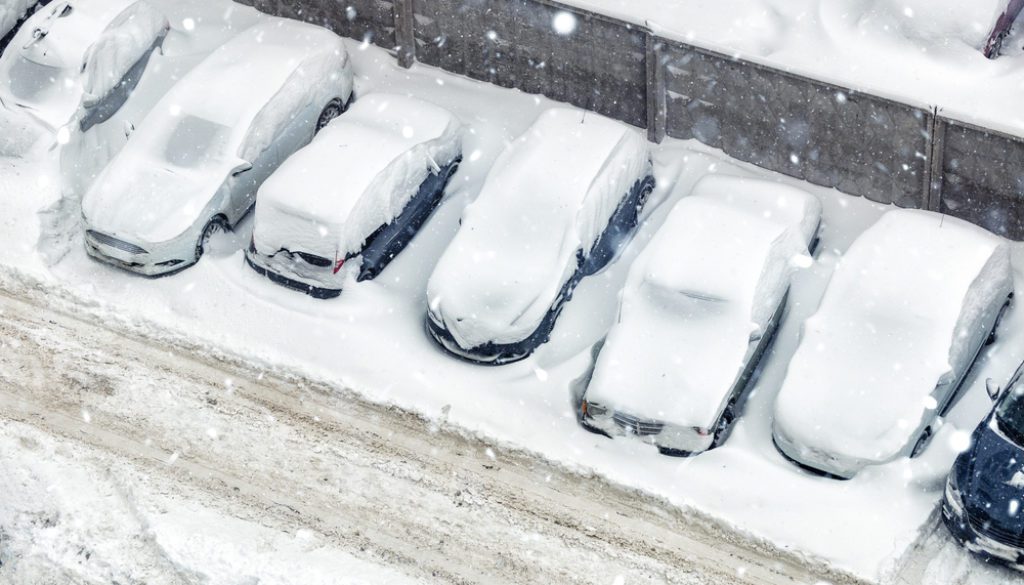January Safety Training: Severe Weather
Ice storms, blizzards, tornadoes and hurricanes are just a few examples of severe weather events that can significantly impact business operations and put employees at risk. As such, emergency preparedness plans must include preparations for severe weather. A comprehensive severe weather safety plan should be designed to protect personnel and speed up recovery procedures to limit financial consequences.
Severe weather risks
Inclement weather can affect businesses, schools, healthcare institutions and organizations of all types. The precise nature of threatening weather varies throughout the country, but no location is exempt from the risk of severe weather.
Weather events can have devastating consequences, and many organizations are ill-prepared to react to weather emergencies. Businesses frequently lose operating time to inclement weather. One study shows that the operations of 70% of businesses worldwide are affected by weather events. These disruptions can drastically reduce financial performance and even contribute to business failure.
The National Oceanic and Atmospheric Administration tracks climate and weather disasters in the U.S. that cost over $1 billion in damages. According to NOAA, there have been 338 of these events since 1980, the total cost of which exceeds $2.295 trillion. In 2021 alone, these types of severe weather events killed 688 people and cost $145 billion.
Severe weather safety plan
Severe weather can impact travel, communications, operations and infrastructure, and even localized events can affect organizations in other places. A city-wide flood may shut down local operations and threaten people and property; a hurricane on the other side of the country can disrupt supply chains and increase operating costs.
An organization must have emergency plans to protect personnel and property during severe weather events. Administrators must ensure they can reliably contact workers to warn them of weather events and provide critical instructions for on-site and remote employees.
A severe weather safety plan should be tailored to the organization and include clear procedures based on the type and severity of the event. For example, managers may instruct their employees to work from home when a snowstorm affects road conditions. But there must also be contingencies for employees who are on-site when an event occurs; if workers get snowed in at the office, what should they do to stay safe? Employees must have access to emergency kits and documented steps to take when a weather event occurs.
How to run a severe weather drill
Drills can be extremely effective in improving the efficiency and efficacy of emergency procedures. Giving employees the chance to practice their response to a crisis can help them feel confident that they know what to do in a real emergency.
Incident managers can also benefit from drills. Practice exercises can help identify problems in emergency procedures and give administrators the chance to address them before a real-world crisis. Additionally, drills allow administrators to practice using crisis management tools, such as emergency alert systems and incident collaboration software.
An effective severe weather drill should cover both response and recovery procedures. During a drill, administrators should utilize emergency communications structures to contact employees. For example, a tornado drill may involve activating alert sirens and requiring workers to go to designated shelter locations. After a drill, incident managers should create an After Action Report to analyze emergency procedures and address any inadequacies.
Plan ahead to mitigate the risks of severe weather
Businesses can’t avoid inclement weather, but they can make preparations to mitigate the physical and financial risks of fires, floods, hurricanes, snowstorms and other weather events. Proper safety training can help keep employees safe and reduce the time it takes to return to normal operations.
Communication is a vital component of emergency preparedness. Rave Mobile Safety simplifies safety training and provides administrators with robust tools to protect their people and operations during severe weather events. Rave’s communications solutions include mass notification systems and incident collaboration platforms, along with crisis management tools that facilitate coordination between internal security, 9-1-1 and first responders. Contact our team to find out more about our prebuilt critical communications packages and customizable solutions.





